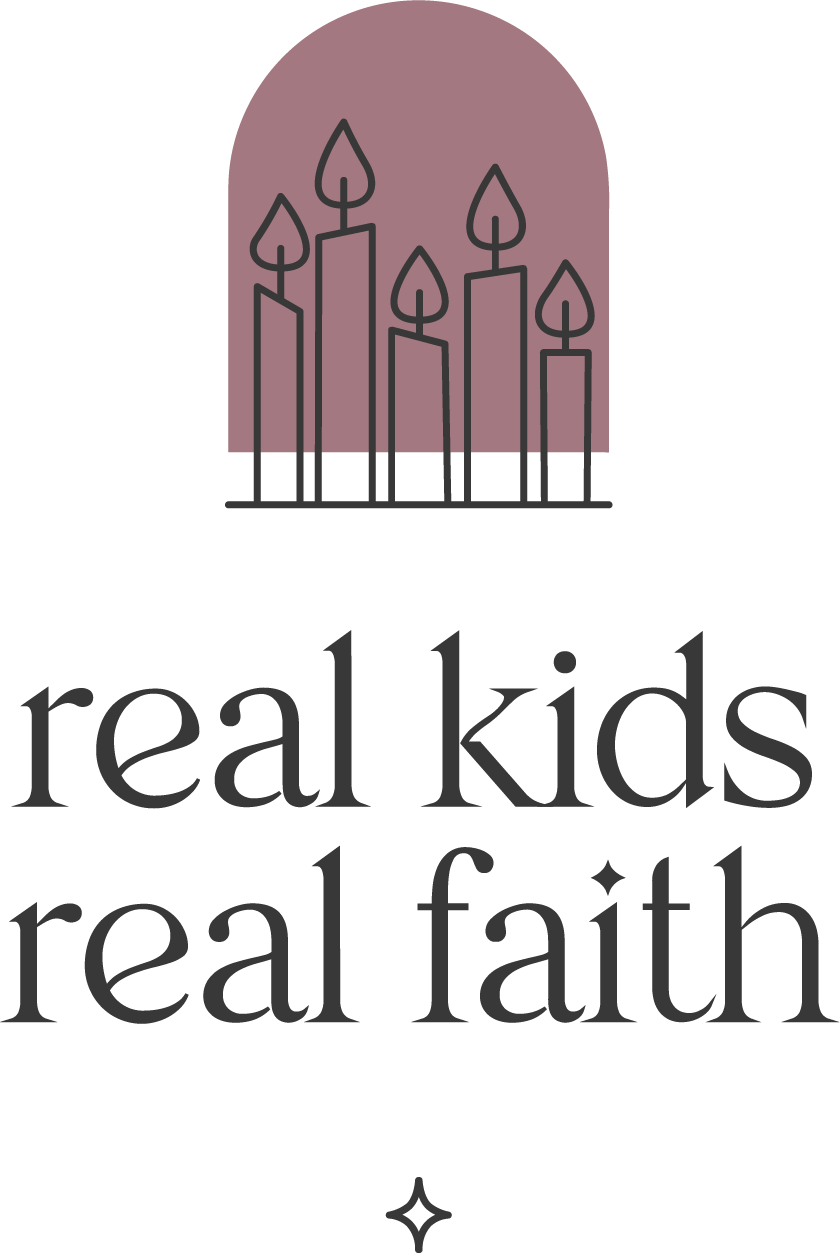Sibling squabbles were a daily part of life when my children were preschoolers. They erupted when one child would steal a toy from another or not want to play fairly. Sometimes hitting or pinching were involved. Feelings were hurt, and forgiveness needed. As I tried to model for my children appropriate ways to seek and give forgiveness, I wondered how much they actually understood.
Forgiveness is a crucial component of healthy spirituality. Because humans are social beings, we need other people to grow and thrive. We can’t reach many personal or communal goals without cooperation. Learning to forgive helps children discover how to restore relationships that have been broken and continue to work and play cooperatively together.
Developmental psychologists Janine Oostenbroek and Amrisha Vaish studied children’s developing sense of forgiveness. Before the age of 4, children’s association of remorseful behavior with forgiveness is more intuitive than conscious, but then their thinking changes. They begin to recognize another’s remorse when it is expressed through explicit words, such as “I am sorry,” or “I apologize.” Upon hearing these words, the child who was hurt is more likely to forgive the child who acted wrongly by engaging cooperatively with that child once again.
For example, when one preschool child takes a toy from another, if the offending child says, “I’m sorry,” when the other child objects, the other child is more likely to forgive and agree to share toys. But suppose the child who grabbed the toy drops it and runs away crying without explicitly saying ‘sorry’. In that case, a child under age 5 may not understand that the other child feels sad about their poor behavior and may be less willing to share with that child in the future.
As children mature, they begin to associate non-verbal cues, such as crying, looking down, or trying to fix the mistake, as signs of remorse. They also recognize alternative verbal statements, such as “it’s my fault,” or “I made a mistake” as substitutes for “I’m sorry”. Studies show that many 5-year-olds have learned to process many different expressions of remorse and offer forgiveness in return.
As you demonstrate healthy ways to deal with conflict and hurt feelings, take into account where your child is in the maturation process. With younger children, express remorse with explicit statements so that they can connect regrettable actions with remorseful words.
For example:
- “I cleaned up your block tower. I did not realize that you wanted it to keep it standing. I am sorry for taking it down.”
- Encourage a sibling to say, “I knocked you down. I apologize” after an accidental collision.
With older preschoolers who pick up on non-verbal cues of remorse, use a wider variety of remorseful expressions.
For example:
- “I accidentally ripped your drawing. This is my fault.” Then remedy the situation by helping your child tape the picture back together.
- Encourage a friend to say, “I took your crayon by accident. I think you were using it. It was my mistake. Here is the crayon back.”
With all children, match your body language and tone to your words. While younger children will not yet connect your emotional communication with remorse, seeing and hearing these other cues will help them make the transition from intuitive to intentional forgiveness.

Comments